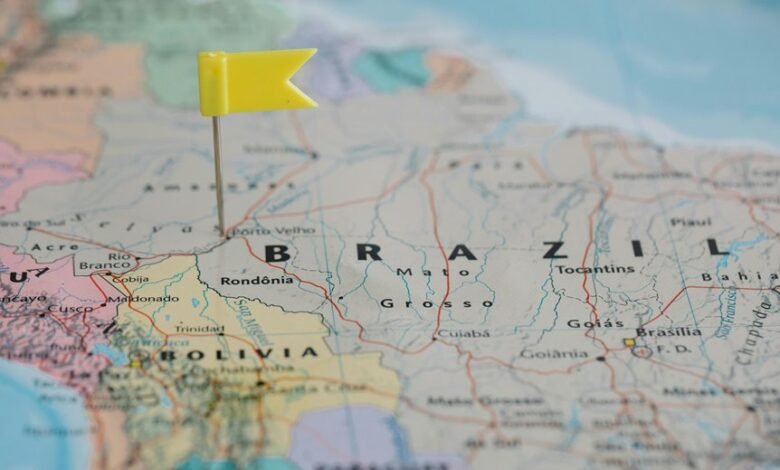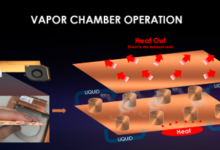07480 726506 Mobile Source Mapping: Understanding Regional Sources

Mobile source mapping in the 07480 726506 region offers crucial insights into emission sources affecting air quality. This systematic approach enables the identification of pollution hotspots through data collection and analysis. Understanding these emissions is essential for assessing their impact on public health. However, the implications of this data extend beyond mere awareness. They prompt questions about community engagement and the effectiveness of policy interventions, setting the stage for a deeper exploration of urban sustainability challenges.
The Importance of Mobile Source Mapping
Mobile source mapping represents a critical component in the analysis of environmental impact and urban planning.
It informs policy implications by identifying pollution sources and facilitating targeted interventions.
Additionally, effective community engagement is fostered through transparent data sharing, empowering citizens to advocate for healthier environments.
Thus, mobile source mapping not only enhances urban sustainability but also reinforces democratic participation in environmental decision-making processes.
How Mobile Source Mapping Works
Understanding how mobile source mapping operates is fundamental to leveraging its benefits for urban planning and environmental management.
This process involves systematic data collection from various mobile sources, coupled with advanced mapping techniques.
Analyzing Emissions and Public Health Impacts
While urban areas continue to expand, the analysis of emissions from mobile sources has become crucial for assessing their public health impacts.
Evaluating emission reduction strategies reveals significant correlations between air quality and health disparities among vulnerable populations.
Understanding these dynamics enables informed policy-making that aims to mitigate health risks, ensuring equitable access to clean air and fostering community well-being.
Future Directions for Mobile Source Mapping Technology
Advancements in mobile source mapping technology are poised to transform how emissions data is collected, analyzed, and utilized in urban environments.
Innovative algorithms will enhance real-time data integration, providing precise insights into pollution sources.
Future developments may incorporate artificial intelligence, enabling more robust predictive models.
This evolution will empower policymakers and communities, fostering a more informed approach to managing air quality and promoting public health.
Conclusion
In conclusion, the insights gained from mobile source mapping in the 07480 726506 region are invaluable for addressing air quality concerns. As the adage goes, “knowledge is power,” and by understanding emission sources, stakeholders can effectively advocate for cleaner air and healthier communities. Continued advancements in mapping technology will enhance data accuracy and accessibility, facilitating informed decision-making for policymakers and empowering residents to engage in sustainable urban development initiatives that prioritize public health and environmental quality.






